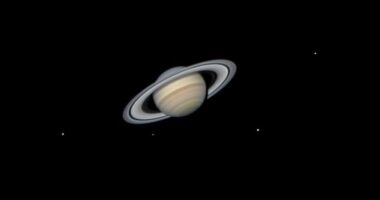
Most of your electronics—your phone, tablet, smartwatch, desktop computer, laptop computer, beeper, pager, e-reader, smart television, dumb television, soundbar, speaker system, camera-enabled doorbell—will outlive you. It is a matter of fact, and a fact of matter: Technology consists of stuff estranged from the earth, plastic and metal and silicon, while our soft bodies will one day returneth to dust.
Never mind that the usable life of most gadgets lasts about as long as the average betta fish, fated to swim around a glass bowl for a year or two until it is dumped, unceremoniously, down the toilet. Consumer electronics are both disposable and indestructible. They are designed to be coveted, and counted on, only until manufacturers can develop the next version. Then, the old gadgets are turned off and thrown away, rather than reused, repaired, or otherwise reimagined.
Imagine, then, the world beyond the Anthropocene—an era that will be defined by this great amount of electronic refuse. By some estimates, four million mobile phones were sold every day in 2018, to say nothing of the unsold phones or the outdated phones they replaced. The human legacy will not be the Pyramids of Giza or the Taj Mahal but this great quantity of refuse, things that once turned on, that once held humanity’s collective attention.
Such a future is confronted in “The World After Us,” an art installation opening today at the Museum of Wisconsin Art in downtown Milwaukee. Walking into the gallery space is like traveling to a time millions of years from now, where humans no longer exist but our devices endure. In this future, Mother Nature has reclaimed the motherboards. Moss and fungi sprout from the remains of an Apple Watch. Vines wind through petrified keyboards and hard drives. Towers of e-waste stand like statues, and a series of fossilized phones greet visitors like rare finds from a futuristic archaeological dig. “I wanted to create a space that was overwhelming,” says Nathaniel Stern, the artist behind the installation, “but also then provoke what it might be, what it might become.”
“The Wall After Us” at Nathaniel Stern’s new art exhibit, “The World After Us”
Photograph: Nathaniel Stern
As an artist, Stern has an obsession with the ways technology and the earth relate. He spent years scuba diving with a desktop scanner to create prints of jellyfish, coral, and the undersides of lily ponds. In 2012, he launched a series of messages into space (no longer than 140 characters each), using a high-amplitude, high-frequency radio telescope. In another installation, he rigged tornado machines to respond to microscopic movements, like gust from a closing gallery door.








